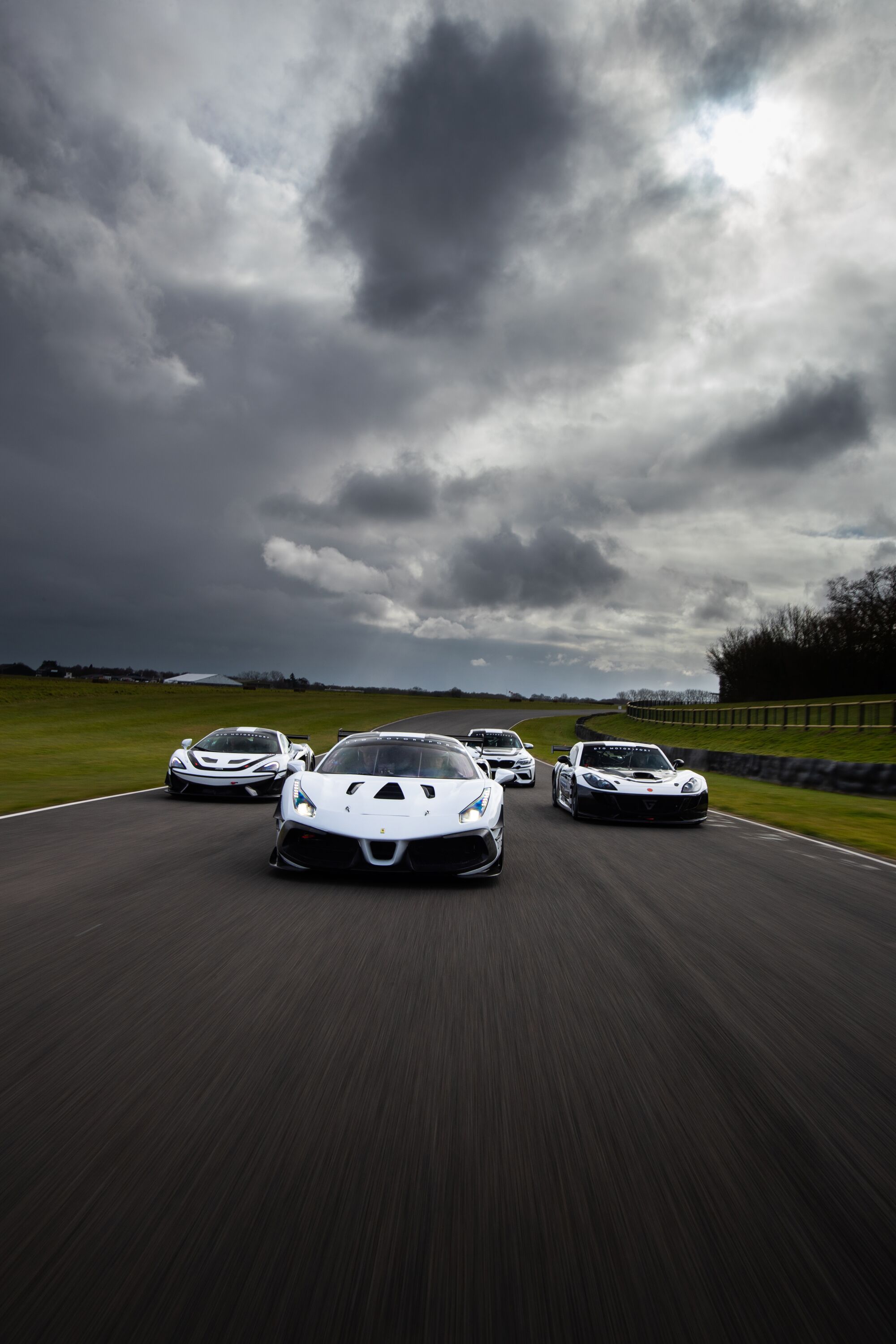Why Peugeot is right to try and build cars that last longer
The repairability, serviceability and service life of a car is, when you really get down to it, traditionally a taboo subject in the motor industry. There’s never been much talk about exactly how long cars should last once they’re built. Sure, warranties span between three, five, seven and even ten years but fundamentally, between margins and keeping the sales numbers up, these things ordinarily have to be built with inherent use-by failure points.

The harsh TLDR? Cars that last forever are not good for business, when you’re in the business of selling new cars.
But you can’t spell that industry favourite buzzword ‘sustainability’ without ‘sustain’. A Delhi taxi driver clocking 5, 6 or 700,000 miles on their 405 diesel is putting less full lifecycle CO2 out into the atmosphere than a Californian commissioning the manufacture of a new Tesla every three years. As much as executives whose jobs depend on new car sales trends don’t want to admit it, one of the very best ways of saving on CO2 and being genuinely environmentally friendly is sustaining already-built cars, that already have that production CO2 penalty under their belt.
So imagine our surprise, when we read that part of Peugeot’s E-Lion plan, an expansive new product ethos discussing the coming decade or more of cars from the French marque, featured a major element about sustaining the cars it builds. Never mind the widely-accepted 15-year lifespan of current new cars, Peugeot is developing its upcoming electric products to have a massive 25-years lifespan, with repairability and upgradability inherent.
Its claim is that over its next two generations of vehicles, the global warming potential (as it calls it) of them, will be cut in half, with longer service life a big part of that. The four stages of its Lifecycle Design Approach expand on this:
The first is Lifetime, referring to these cars being designed from the ground up, starting at their architecture, to last up to 25 years. The second is Refurb, which suggests they will be designed to be repairable and refurbishable. That’s sort of already in action, with Stellantis’s Sustainera project, which sees the refurbishment, redistribution and re-use of worn-out components where possible and recycling of them when not.
The third is Update, which will see used cars receive refreshed interiors using sustainable materials each time it changes hands. The fourth is On Demand, referring to the car’s ability to be updated in terms of technology, via over-the-air updates and the like.
“The kinks need working out but what a genuinely innovative and interesting idea this is.”
Ethan Jupp Contributing Editor at Goodwood Road & Racing
Fundamentally, Peugeot wants this new generation of electric cars to be able to reach ten or twelve years old and effectively be gutted and restored; turned effectively, into a new car again. That also means new battery tech can be swapped in down the line.
What’s in it for the carmaker? Well, while it’s not making money on record-breaking volumes of new units sold, it is on the rejuvenation of existing units. We can imagine update packages, put together and priced accordingly around range, charging, luxury features and more, as new electric cars are.
“Imagine no more second-hand cars. Instead, a fresh and personalised car you can update or upgrade anytime, depending on your needs. An always up-to-date product that keeps its value throughout its lifetime”
Matthias Hossann Design director, Peugeot
The E-Lion statement continues, saying ‘the circular economy in society is about moving away from a ‘take, make, dispose’ approach, to a circular approach for materials and goods.’
‘For Stellantis circular economy ranges all the way from how they design vehicles to last longer, then with increasing quantities of recycled material, and then how they repair, remanufacture, reuse and recycle cars and parts – the 4 Rs. Add to that, reconditioning vehicles and parts and the retrofit programmes to convert vehicles to BEV all designed to extend life, and they are up to 6 R's now!
‘Those in the Stellantis network can already see ‘remanufactured’ parts in the parts catalogues [that’s Sustainera in action] and can use this to offer affordable sustainable parts to customers. When customers see it, they can be confident that the production of that part has up to 80% less raw material and up to 50% less energy to produce compared to the equivalent part without recycled content.’
As of now what’s proposed is an entirely new approach not yet seen in the mainstream car industry and actually, not dissimilar to how some boutique hypercar makers do their business. Pagani for instance, has sold less than 500 cars in its 25-year life as a manufacturer but a number of those cars have been back to the factory on numerous occasions, to be stripped, updated, upgraded and re-personalised. The chassis itself stays more or less the same, with everything around it changing per the whims of its new owner. The end result? While Pagani hasn’t sold many cars, functionally, it’s sold each one an average of two or three times.
That’s the kind of thing we’re looking at here. Half the number of Peugeots sold over a decade, compared to previous decades but with each getting a genuine second-life, facilitated by Peugeot and its dealers.
Yes, we are fully aware the production and transport of batteries and all the other ‘update’ parts will incur an emissions cost. But as Peugeot says, that Global Warming Potential is significantly reduced, with a chassis and body that goes twice the amount of time an ordinary car would today, between being scrapped and recycled.
The kinks need working out but what a genuinely innovative and interesting idea this is. We look forward to seeing how it comes to fruition and we hope Peugeot does those mythical moon-miles 405 diesels that round their odometers as a matter of routine proud.
Opinion
Peugeot
EV
Electric Avenue
E-Lion















